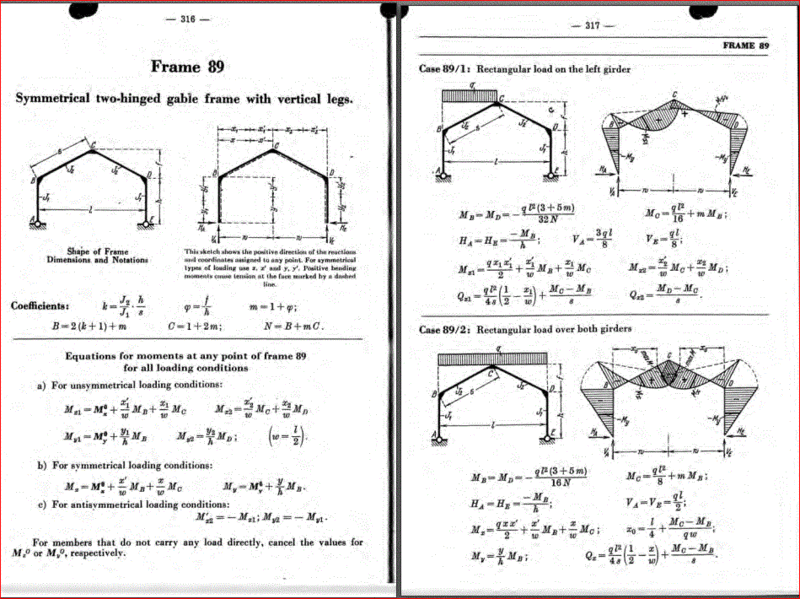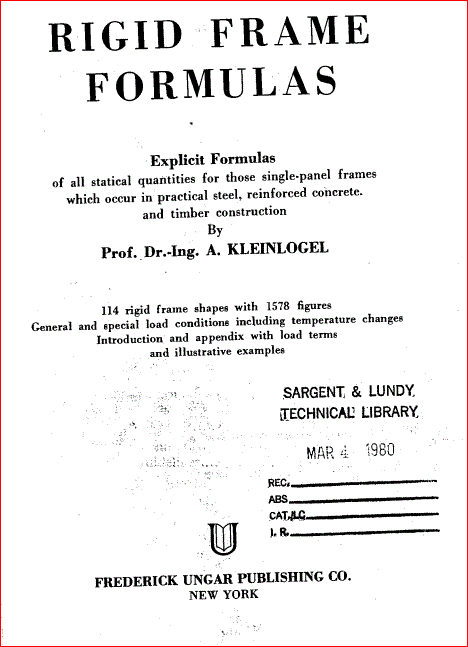PSUengineer1
Structural
- Jun 6, 2012
- 145
Hello Group.
Looking for the simplest way to analyze the attached frame by hand. Please provide your best "down and dirty" or "back of the napkin" type analysis. Thank you for your time.
Looking for the simplest way to analyze the attached frame by hand. Please provide your best "down and dirty" or "back of the napkin" type analysis. Thank you for your time.



